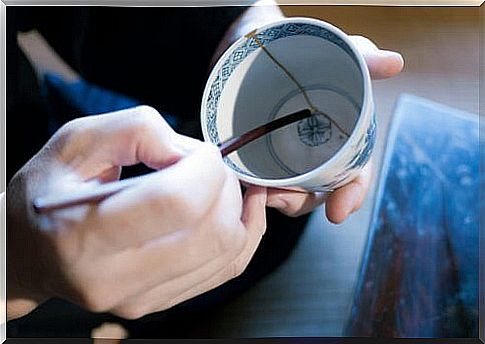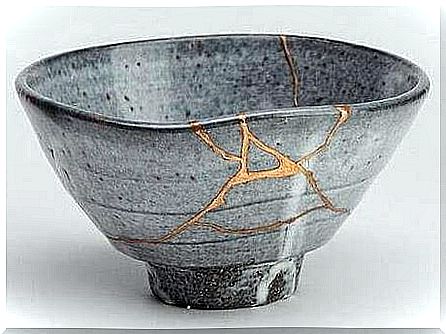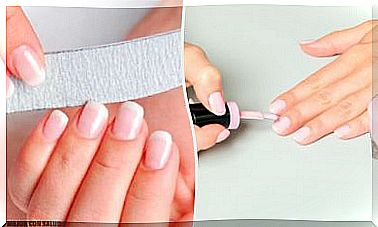Discover The Japanese Kintsukuroi Technique For Repairing Broken Pottery That Will Make You Reflect

Broken pottery looks a lot like the displaced fragments of our lives. Today we learned about kintsukuroi.
It costs a lot to bring them together because, after the impact of disappointment, loss, or betrayal, we all feel like a broken cup or plate.
But this broken piece can regain its beauty if we fix it properly. Most of us would repair this bowl by applying classic super-fast glue.
However, the Japanese spend a lot of time practicing an art that, in addition to being a technique for saving pottery, is a whole philosophy to learn from.
We are talking about kintsukuroi, or repair in gold: a wonderful strategy through which to create a new object, more beautiful, stronger and a reflection of a psychological dimension that we all know: resilience.
Kintsukuroi: The art of repairing broken pottery

The breaking of an object tells a story. Perhaps, this dish that fell to the ground by an oversight, because we were with our heads elsewhere, far, far away from our reality.
- It could be that this piece of our tea set was broken in a meeting with friends, while we laughed, while we shared a good moment of happiness.
- Each notch in porcelain refers to a moment in our lives. Throwing it in the trash is undoubtedly unnecessary. It would be like abandoning a wounded person, like denying us to heal an evil of love…
All of these are reflections that fit into this Japanese philosophy of kintsukuroi, which is already known around the world and which people like so much.
Now let’s look at more details.
Origin of Kintsukuroi
To understand this very special technique, we must travel to the end of the 15th century, at the time of the Shoguns.
- Ashikaga Yoshimasa was the shogun who started this ancient tradition. After his favorite tea cups broke, he decided to send them to China for repair.
- A short time later, the cups were returned with some very flashy metal clasps that detracted from the beauty of the two pieces of pottery.
- The shogun was very uncomfortable with the result, and asked his artisans to give a solution to it.
- They did this, they just sealed the broken pieces with a gold paste to create a different object, prettier and more powerful.
The shogun, then, was delighted.

How to perform kintsukuroi with our broken china
We are sure that by this point you have already been captivated by the kintsukuroi technique.
If you get excited and like it and want to experiment with some cups or plates that may have broken at some point, we propose that you perform this technique, which is actually simpler than we thought.
what i need
- Ceramic putty
- Synthetic gold powder (you can even use gold glitter)
- The broken piece of pottery
- an awl
- a spatula
How to make
We’ll start by mixing the ceramic putty with the synthetic gold powder. You can do this on a piece of cardboard, or in a specific container.
- The quantity will always depend on the pieces we have to repair and join.
- With the help of a toothpick or spatula, we will apply this combination to the edges of the broken pieces. Then bring them together and press for a moment.
- For now, you’ll see how the gold thread surrounds this scar, this wound that now forms a much more beautiful and unique object at the same time.
Finally, just let the piece dry for a few hours and you’re done.

The beauty is in the story the object tells, not in the object itself
Kintsukuroi can be applied perfectly to our own lives.
Resilience is a “psychic tendon” that acts almost like that golden mass that binds our broken pieces together, that pushes us to seal the wounds and, in turn, learn from them.
Far from being ashamed of mistakes, failures, or fading dreams, we have to be able to see the beauty in this line of life that somehow helped us to be what we are now: more mature people.
Wiser creatures that learned from adversity to “shine”.
The broken pottery that has been repaired using the kintsukuroi also has a wonderful faculty: it is stronger, cups and plates no longer break so easily.
Still, people who are wise in resilience and who have also sealed their wounds with gold are no longer as fragile as they used to be. It’s definitely something we’ve all learned over time.








